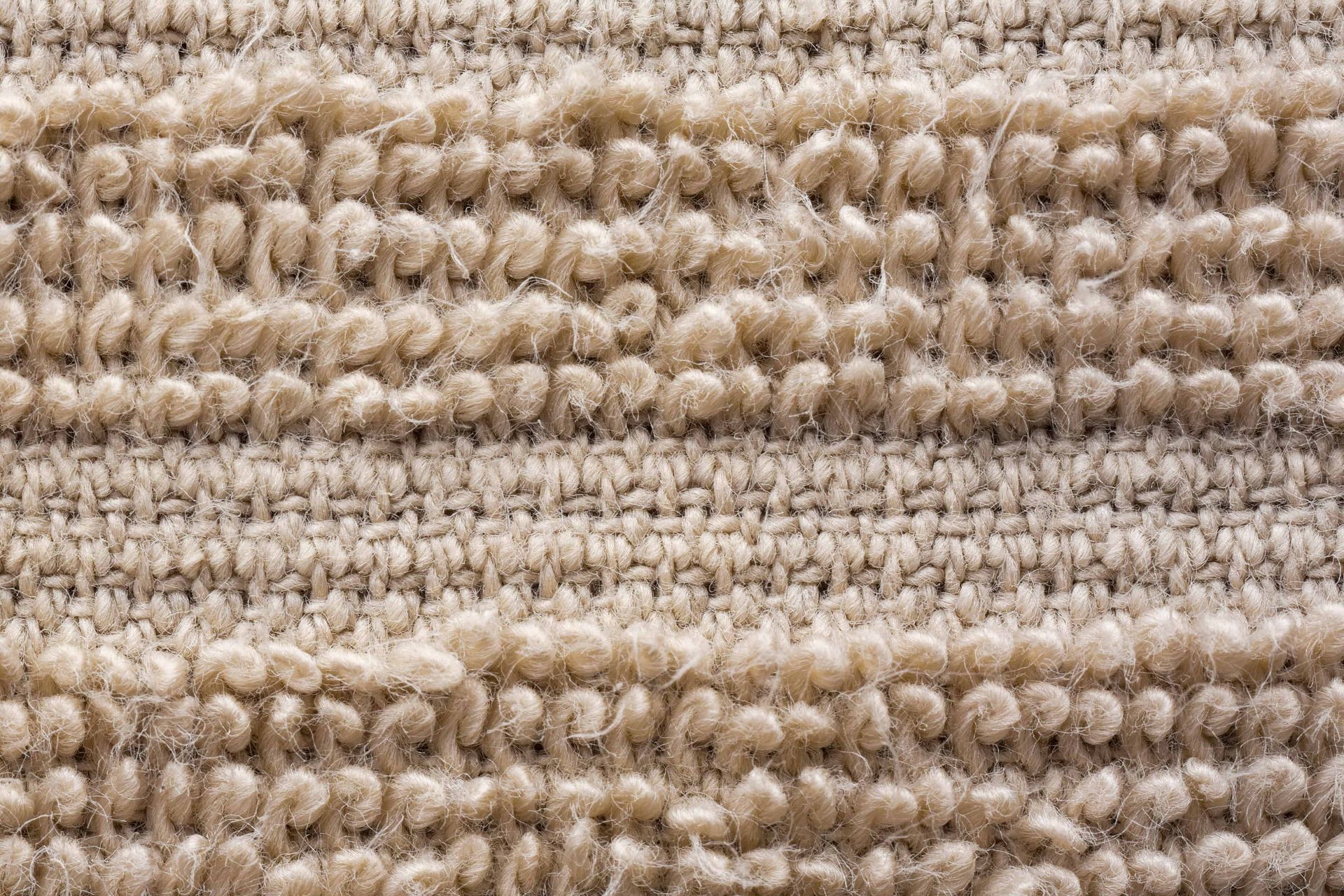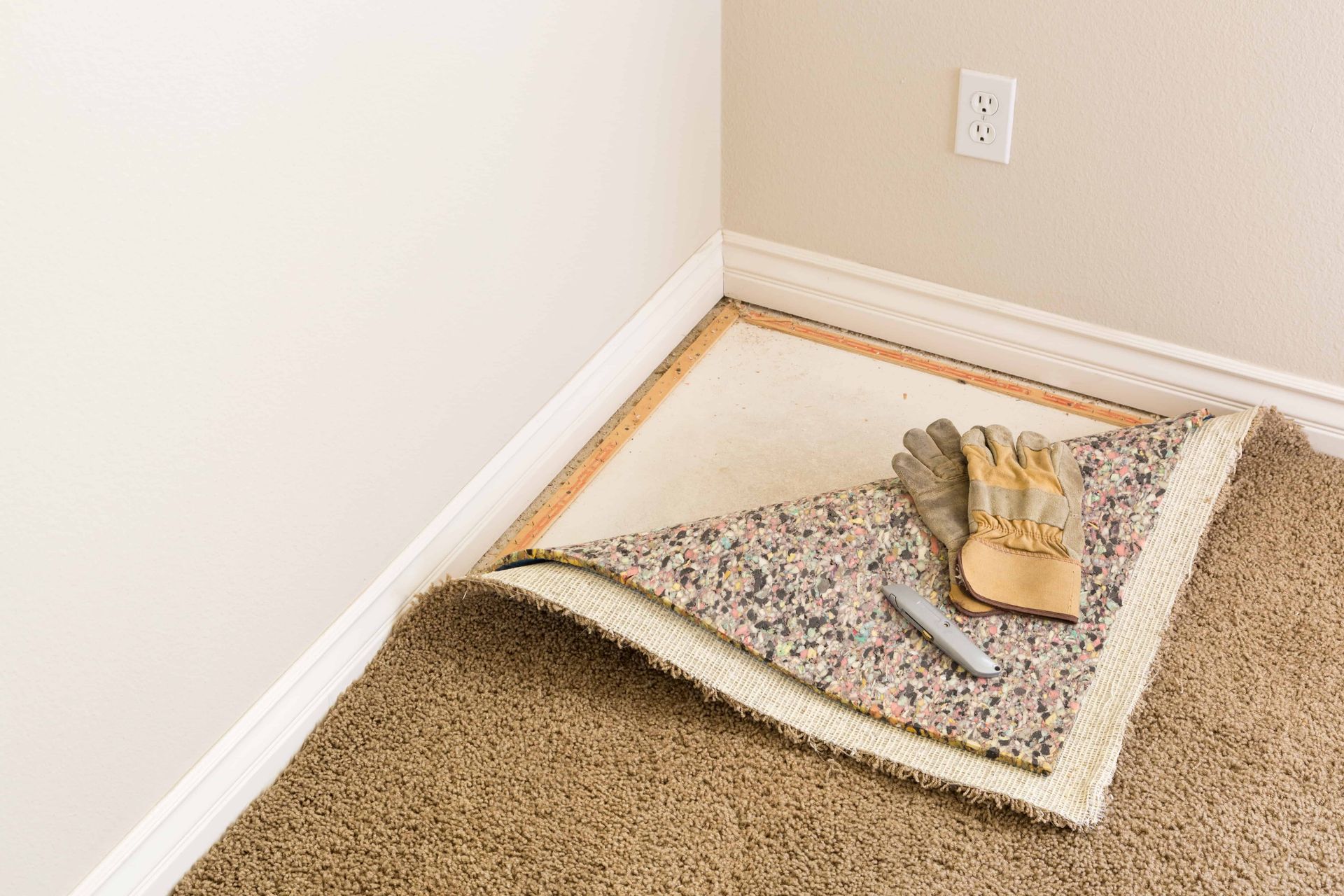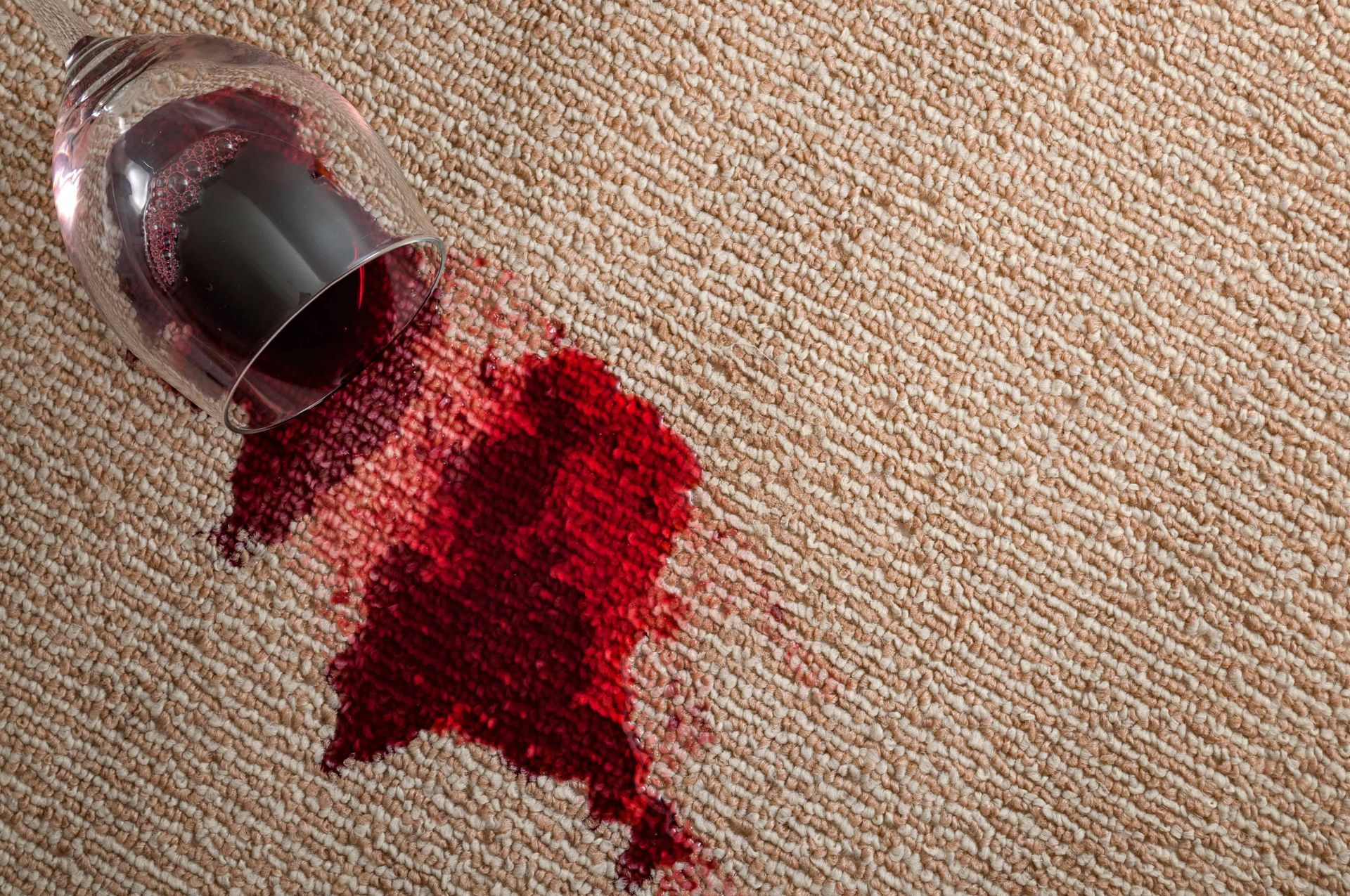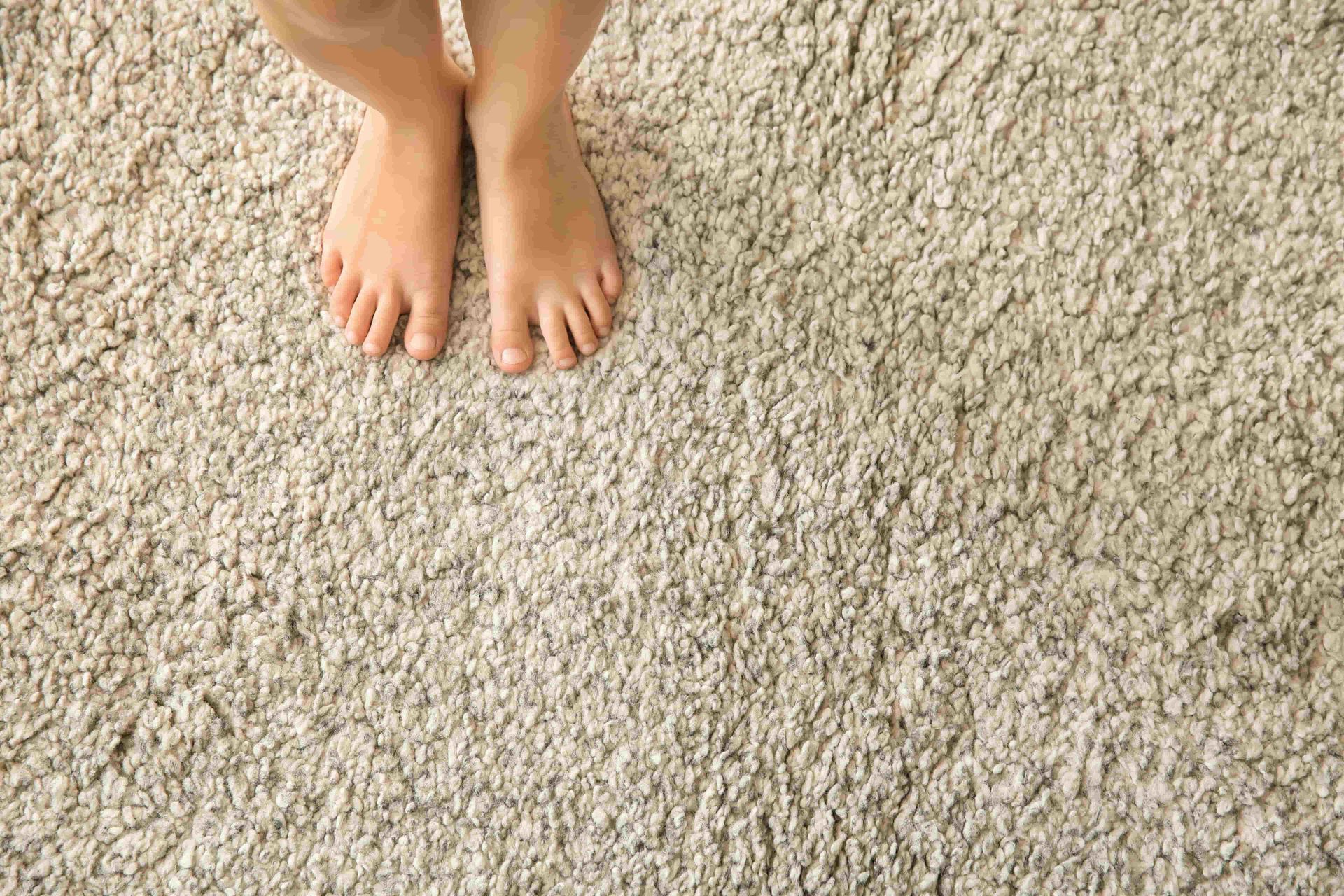Choosing the Right Carpet Flooring for Your Home
Welcome to Dream Floors' blog on carpet flooring! We're here to bring you expert guidance so you can find the perfect carpet flooring for your home. When it comes to transforming your space, few elements make as big of an impact as the right carpet.
With so many options, finding the right carpet for your home can seem like an overwhelming task. Fear not! In this blog post, we'll walk you through the essential factors to consider. Choosing carpet flooring should be a fun, not daunting, task. We'll explore everything from carpet materials to pile types and budget considerations. Dream Floors has you covered!
By the end of this post, you'll have the knowledge and confidence to make a choice about the best carpet for you. And if you do need further help, our experienced professionals here at Dream Floors are here for you.
So, let's dive in! Get ready to discover the key elements that will help you choose the perfect carpet flooring!
1. Assessing Your Needs
Ok, so first things first. The first step is to assess your specific needs and requirements for carpeting in your home. Every room in your house serves a specific, unique purpose. Understanding the function and the level of foot traffic in each room is important. This will help us decide which carpet type is ideal for each room.
Determine the Purpose of Each Room
Consider the primary purpose of each room in your home. Is it a high-traffic area, such as the living room or hallway? In these areas, durability and stain resistance are very important. Or, is it a cozy area like a bedroom, where comfort and softness are the priority?
For highly-traveled areas, you'll want a carpet with dense fibers. These carpets can withstand having people walk on them all the time, and they resist matting. Nylon and polyester carpets are very durable, so they are excellent for these kinds of areas.
Bedrooms are different. In bedrooms, as we discussed, comfort is of paramount importance. So plush and luxurious carpeting such as pile or frieze can work well in areas such as bedrooms.

Consider Lifestyle Factors
Now, consider the things about your specific lifestyle relevant to your carpet choice. For instance, if you have pets or young kids, you'll need a carpet that can handle the occasional mess or spill. The carpet will have to be durable enough, easy to clean, and resistant to stains. Nylon is stain-resistant, so this type of carpet works well for this purpose. Carpets treated with stain-protection technologies can also be great options.
For individuals with allergies or asthma, hypoallergenic carpet options are available. These carpets minimize allergens and improve indoor air quality. Look for carpets made with low VOC (volatile organic compounds) materials. Also, consider options with shorter, tightly woven fibers. These materials are less likely to trap dust and allergens.
By considering your lifestyle and the purpose of each room, you can make informed decisions about your carpeting. This will ensure that the carpet you choose works well for your specific needs.
Next, we'll explore the various carpet materials available. We'll delve into their unique characteristics to help you make the best choice for your home.
2. Understanding Carpet Materials
To pick the best carpet flooring for your home, you'll need to know what materials are available. You'll also need to understand what each one is. Each material has its own unique characteristics. Durability, stain resistance, comfort, and maintenance requirements are the main ones to consider.
Now, let's explore some of the most common carpet materials to help you make an informed decision.

▦ Nylon
Nylon is one of the most popular carpet materials due to its durability and resilience. Nylon is super resistant to wear and tear, making it ideal for high-traffic areas. Nylon carpets are known for their ability to bounce back and resist crushing and matting. Nylon carpets also come in a wide range of different colors and styles. This offers versatility in design options for nylon carpets
▦ Polyester
Polyester carpets have a very soft and luxurious feel. People like them for this reason. They are stain-resistant and can come in vibrant colors. This makes them an excellent choice for bedrooms and low-traffic areas. While polyester is less durable than nylon, it offers excellent resistance to fading. Polyester is often made from recycled materials, making it an eco-friendly option.
▦ Wool
Wool carpets have a long-standing reputation for their natural beauty. Also, for their exceptional quality. Wool is a highly durable and resilient material. It offers inherent stain resistance and flame-retardant properties. Wool carpets provide a warm and luxurious feel underfoot. They're great for insulating against noise and temperature changes. But, wool carpets need regular maintenance. They also are usually more expensive than synthetic options.
▦ Blends
Carpet blends offer a balance of desirable features from different materials. Nylon-wool or nylon-polyester combinations are some common ones. These blends can enhance durability, softness, and stain resistance. At the same time, they're often less expensive than pure wool carpets.
It's important to note that carpet materials are often categorized by fiber type and construction. Cut pile, loop pile, or cut-loop pile are some examples of these construction and fiber types. These further influence the carpet's appearance, feel, and performance.
In the next section, we'll get into pile types and styles. The pile type and style of your carpet go a long way in determining its look and feel.
3. Pile Types and Styles
The pile type and style of a carpet influence its appearance, texture, and performance. These influence it a lot, so pay attention! This will help you pick the best carpet for the look and purpose of each room. Let's explore your options.
▦ Cut Pile
Cut pile carpets come from cutting the carpet loops. This results in upright yarns that are soft and plush. This gives a luxurious feel and is popular for spaces like bedrooms and living rooms. Cut pile carpets come in different styles, including:
Plush: Plush carpets have a smooth, even surface with a formal appearance. They offer a velvety texture and give a sophisticated look in various settings. But, note that they do tend to show footprints and vacuum marks easier.
Saxony: Saxony carpets have longer, twisted fibers. These fibers create a more relaxed and casual appearance. They offer a plush feel and they hide footprints better than plush carpets. Saxony carpets are great for creating a comfortable and inviting atmosphere.
Textured: Textured carpets have a more informal and versatile style. They feature fibers with varying heights, creating a textured surface. This helps mask footprints and vacuum marks. Textured carpets are durable and they are suitable for high-traffic areas.
▦ Loop Pile
Loop pile carpets are made by weaving the carpet fibers into loops without cutting them. This pile type offers durability and a distinct textured appearance. Loop pile carpets are suitable for high-traffic areas. They tend to be more resistant to wear and matting. Different styles of loop pile carpets include:
Berber: Berber carpets feature tightly woven, looped fibers. These woven, looped fibers create a unique, flecked appearance. Berber carpets are durable and can hide dirt and stains quite well. They're suitable for areas with heavy foot traffic, such as hallways and stairs.
Level Loop: Level loop carpets have loops of equal height, resulting in a uniform, flat surface. They offer exceptional durability. They're also ideal for commercial spaces or areas that need a low-profile carpet.
▦ Cut-Loop Pile
Cut-loop pile carpets combine both cut and looped fibers. This creates intricate patterns or textured designs. This pile type offers versatility and can add visual interest to your space. Cut-loop carpets provide a blend of softness and durability. This makes them suitable for various rooms in your home.

When choosing a carpet's pile type and style, consider certain factors. Your personal preferences for the carpet's style, the level of comfort of the room, and the room's purpose are all very important. Remember that different pile types and styles have varying maintenance requirements. They also may exhibit different levels of wear and tear.
In the next section, we'll discuss the importance of carpet padding and underlayment. These enhance the performance and comfort of your carpet.
4. Considering Carpet Padding and Underlayment
Do not overlook the role of padding and underlayment when installing new carpet flooring! Carpet padding is also known as cushioning or underlay. What this is, is a layer of material placed between the carpet and the subfloor. It's very important for enhancing the performance, comfort, and longevity of your carpet. Let's explore the importance of carpet padding and underlayment:

↝ Enhancing Comfort
Carpet padding provides another layer of cushioning under your carpet. It offers a softer and more comfortable feel underfoot. The right padding can make a huge difference in the comfort of your carpeted space. Areas like bedrooms and living rooms can really benefit from this. Thicker and denser padding tends to offer greater comfort.
↝ Noise Reduction
Carpet padding helps reduce noise transmission between floors. It does so by absorbing sound vibrations. This is particularly beneficial in multi-story homes or apartments. It's also great areas where you want to reduce the surrounding noise, such as media rooms or home offices.
↝ Insulation and Energy Efficiency
Carpet padding provides an extra layer of insulation. This helps to keep your home warmer in the colder months. It acts as a barrier against cold air coming up from the subfloor. It can also contribute to energy savings by reducing heat loss. Additionally, carpet padding can help dampen sound between floors and rooms. This enhances privacy and creates a more peaceful environment.
↝ Protecting Your Carpet
Carpet padding helps protect your carpet. It does this by absorbing the impact of foot traffic, preventing premature wear and tear. It acts as a buffer between the carpet and the subfloor. This reduces stress on the carpet fibers and extends their lifespan.
↝ Evenness and Appearance
High-quality padding helps maintain evenness and appearance over time. It helps prevent uneven wear and can help the carpet keep its original shape and texture.
When selecting carpet padding, consider factors such as density, thickness, and material. The right padding will depend on the carpet type, the level of foot traffic, and your personal preferences. Consulting with flooring professionals, such as those at Dream Floors, can help you a lot. That way you can choose the best padding options for your specific needs.
In addition to carpet padding, you might also need underlayment. This depends on the type of subfloor. Underlayment gives extra support, moisture protection, and a smoother surface. Consult with your flooring expert to ensure proper selection and installation of both padding and underlayment for your new carpet flooring.
In the next section, we'll discuss important budget considerations when choosing carpet flooring.
5. Budget Considerations
Now, it's very important to create a budget that works for you when buying new carpet flooring. Consider these important factors when budgeting for your carpet:
Determine Your Overall Budget: So, first things first. Before looking at specific carpet costs, figure out your total budget. How much do you have to spend and want to spend on the flooring project? You need to factor in expenses like installation, padding, underlayment, and other materials. Also, factor in any other services required. Then, of course, also the close of the carpet itself.
Quality vs. Cost: Striking a balance between quality and cost is crucial. It can be tempting to opt for the least expensive option. But, higher-quality carpets often offer better durability, comfort, and aesthetics. Investing in a higher-quality carpet upfront can save you money in the long run. This is because there will be less need for frequent replacements or repairs.
Room-Specific Budgeting: Look at the needs and priorities of each room. For example, high-traffic areas may need more durable carpets. Bedrooms might need comfort and softness. Adjust your budget allocation along these lines. This will ensure you make the most appropriate choices for each space.
Consider Long-Term Costs: Look beyond the initial cost. Consider the long-term costs associated with carpet maintenance and care. Some carpets may need more frequent cleaning or specialized cleaning methods. This can add to the cost over time. Factor in the anticipated maintenance expenses when evaluating different carpet options.
Get Multiple Quotes: Get quotes from different carpet suppliers and installation professionals. This allows you to compare prices, warranties, and services offered. But remember, the cheapest option may not always be the best choice. Consider the reputation, experience, and quality of service provided.
Ask About Financing Options: Inquire about financing options or payment plans available. This is important if your budget is limited. Financing options can come from carpet suppliers or through external financing sources. This can help you manage the cost of your carpet flooring project. This way you won't have to compromise on the quality or features you desire.
In the next section, we'll discuss the maintenance and longevity of carpet flooring.
6. Maintenance and Longevity
Now, it's very important to create a budget that works for you when buying new carpet flooring. Consider these important factors when budgeting for your carpet.

With a proper maintenance routine, you can extend the life of your carpet and keep it looking great for many years.
✓ Regular Vacuuming
Regular vacuuming is crucial for keeping your carpet clean and free of dirt, dust, and debris. Vacuum high-traffic areas at least once or twice a week and less often-used areas at least once a week. Use a vacuum with adjustable height settings and a beater bar or brush attachment. This makes for more effective cleaning.
✓ Address Stains and Spills Promptly
It's important to address stains and spills right when they happen. This prevents them from setting into the carpet fibers. Blot the affected area with a clean cloth or paper towel. Work from the outer edges toward the center to avoid spreading the stain. Avoid rubbing the stain, as it can damage the carpet fibers. If needed, use a mild carpet cleaner or a mixture of water and vinegar to treat the stain.
✓ Professional Deep Cleaning
Professional deep cleaning is necessary for the longevity of your carpet. Hire a professional carpet cleaning service every 12-18 months. They'll remove deep-seated dirt, stains, and allergens. Professionals use cleaning methods such as hot water extraction or steam cleaning. These methods can revitalize your carpet and help prolong its lifespan.
✓ Preventative Measures
Take preventive measures to protect your carpet from excessive wear and tear. Use doormats at entryways to trap dirt and prevent it from being tracked onto the carpet. Consider implementing a "no shoes" policy in your home. This will reduce the amount of dirt and debris brought onto the carpet. Additionally, rearrange furniture sometimes to distribute the weight and prevent permanent indentations.
✓ Follow Manufacturer Guidelines
Each carpet has specific care instructions from the manufacturer. Follow these guidelines for cleaning and maintenance. This way you'll know you're using appropriate cleaning products and methods. If not, you could void your carpet's warranty, so make sure you follow the guidelines. These include things like vacuuming techniques and cleaning products to use. They may also include professional cleaning requirements.
7. Seeking Professional Advice
Do not overlook the role of padding and underlayment when installing new carpet flooring! Carpet padding is also known as cushioning or underlay. What this is, is a layer of material placed between the carpet and the subfloor. It's very important for enhancing the performance, comfort, and longevity of your carpet. Let's explore the importance of carpet padding and underlayment.
✦ Product Knowledge
Flooring professionals have in-depth knowledge. They have knowledge of different carpet materials, pile types, styles, and brands. They can provide valuable insights into the pros and cons of each option. They'll help you navigate through the wide range of choices available. Their expertise can help you the carpet that best fits your needs, preferences, and budget.
✦ Personalized Recommendations
A flooring professional will take the time to understand what you want and need. This includes your specific requirements, lifestyle, and design preferences. Based on this information, they can provide personalized recommendations tailored to your needs.
✦ Showroom Experience
Flooring professionals often have showrooms to show you. This is where you can see and feel different carpet samples firsthand. This allows you to assess the texture, color, and look of the carpets before making a decision. A showroom can help you visualize how the carpet will complement what's in your existing room.
✦ Installation Expertise
Choosing the right carpet is only one part of the process. Proper installation is crucial to ensure the longevity and performance of your carpet. Flooring professionals have experience in carpet installation techniques. They can ensure that the carpet is installed the right way. This minimizes issues such as wrinkles, seams, or loose areas. Their installation expertise can save you time and effort. It also can save you on potential problems down the line.
✦ After-Sales Support
Professional flooring companies often offer after-sales support and aid. If you have any questions or concerns about your carpet after it's put in, they are there to help. They can provide guidance on maintenance and cleaning tips. They also can address any warranty-related queries.

Choosing the right carpet for your home is an important decision. This can greatly impact the comfort, look, and functionality of your living spaces. By considering the above-mentioned factors, you can make informed choices. Then you'll be able to select a carpet flooring type that is perfect for you.
Remember to make comfort, durability, and style your priorities. This is important when selecting carpet materials and pile types. Consider your lifestyle and the specific needs of each room. Maintaining your carpet will ensure its longevity and keep it looking its best for years to come. Achieve this with regular vacuuming, prompt stain removal, and professional cleaning
Contact Dream Floors today to begin your journey. We look forward to helping you find the perfect carpet flooring for your space! We're only a call away!
Thanks for reading! We hope you got some great insights, and we hope we helped you in choosing the best carpet flooring for you!
Stay tuned for more informative articles and helpful tips from Dream Floors!




